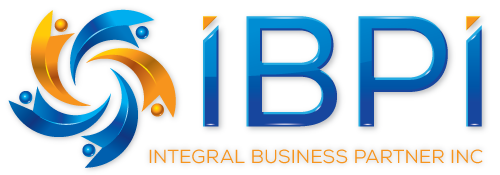In my next post, I’ll talk about Simplifying the Application Process: Removing Barriers to Entry. Stay tuned!
One of the first lessons I learned in recruiting is that job postings are more than advertisements—they’re invitations. They set the stage for a potential relationship between a company and a candidate. A well-crafted job posting can attract top talent, while a vague or confusing one can drive qualified applicants away.
Over the years, I’ve seen thousands of job postings, and I’ve seen what works—and what doesn’t. In this post, I’ll share how to craft a job posting that not only gets noticed but also excites candidates about the opportunity and inspires them to apply.
1. Start with a Clear, Descriptive Job Title
I’ve seen too many companies lose candidates simply because of a confusing or “creative” job title. While it’s tempting to use catchy titles like “Marketing Ninja” or “Sales Rockstar,” most job seekers won’t search for those terms online. Clarity beats cleverness.
What Works:
• Use industry-standard titles that candidates are likely to search for.
• Be specific but concise—“Digital Marketing Manager” is better than “Marketing Specialist III.”
• Avoid internal jargon that might not make sense to job seekers.
2. Hook Candidates with an Engaging Summary
The first few lines of a job posting are critical. If you don’t grab their attention right away, they’ll move on. I’ve found that a short, compelling introduction works best—focus on what makes the job exciting and how the role contributes to the company’s success.
How to Hook Them:
• Highlight a key impact the role will have.
• Mention growth opportunities or exciting projects they’ll work on.
• Use a friendly, inviting tone that reflects your company’s culture.
Example:
“We’re looking for a creative and driven Marketing Manager to lead dynamic campaigns that will shape our brand’s future. If you thrive on collaboration, big ideas, and making an impact, we want to hear from you!”
3. Clearly Define Responsibilities and Expectations
I’ve learned that specificity builds trust. Candidates want to know exactly what they’ll be doing before they apply. I recommend breaking responsibilities into bullet points that cover the most important duties—but avoid turning your job posting into a laundry list.
Best Practices:
• List 5-7 key responsibilities.
• Use action-oriented language like “manage,” “develop,” “lead,” and “coordinate.”
• Avoid vague phrases like “assist with” or “handle.”
4. Highlight Key Qualifications (Without Overloading the List)
One of the biggest mistakes I’ve seen is listing too many “must-have” qualifications. This can intimidate otherwise qualified candidates—especially women and underrepresented groups, who tend to apply only if they meet all listed qualifications. Keep it realistic.
Here’s What I Recommend:
• Separate “Must-Have” qualifications from “Nice-to-Have” skills.
• Stick to 3-5 essential qualifications.
• Include soft skills like communication or teamwork only if they’re central to the role.
5. Showcase Your Company Culture and Perks
I’ve found that company culture is just as important as the job itself. Candidates want to know what it’s like towork at your company—and why they should choose you over your competitors.
What to Include:
• Highlight your company’s mission, values, and goals.
• Mention key perks like flexible hours, remote work options, or professional development opportunities.
• Be authentic—candidates will sense if your culture description feels forced or generic.
6. End with a Clear Call to Action
I always remind companies: Don’t assume candidates know what to do next. The job posting should end with clear instructions on how to apply, what materials to submit, and when they can expect a response.
Best Practices:
• Use phrases like “Apply today by submitting your resume and cover letter.”
• Mention the next steps in the process or expected timelines.
• Use an encouraging tone like “We can’t wait to hear from you!”
Bonus Tip: Keep It Mobile-Friendly
With more than 60% of job seekers applying on their phones, mobile optimization is critical. Use short paragraphs, bullet points, and a clean layout that’s easy to read on small screens.
Final Thoughts: Every Job Post Is a First Impression
A job posting is your first conversation with potential candidates. Make it count. Be clear, engaging, and transparent about what makes your company and the role unique. When you get it right, you’ll attract the right people—and set the stage for a great hiring experience.
In my next post, I’ll talk about Simplifying the Application Process: Removing Barriers to Entry. Stay tuned!

